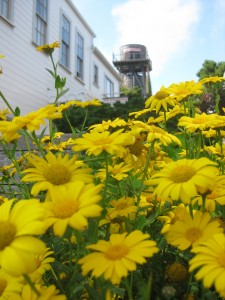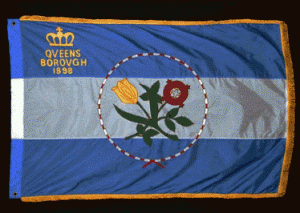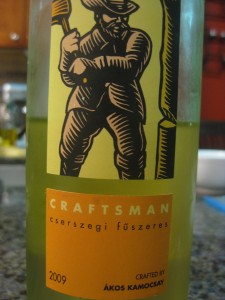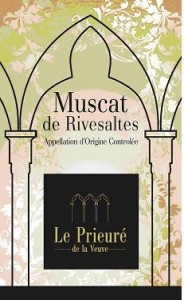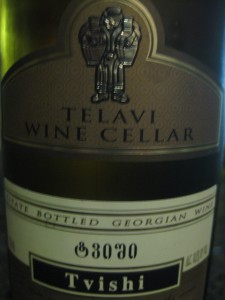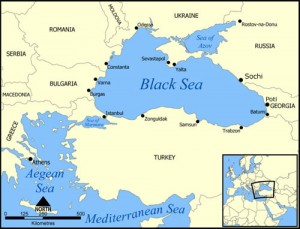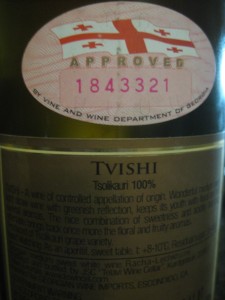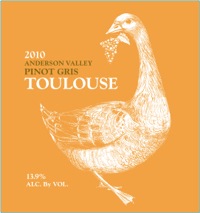 MC Pinot
MC Pinot
Pinot Gris, you won the first round of Hide and Seek. Here I thought you were all original and unknown, like when my brother put on music by MC Lars, and it turned out to be this weird fusion of styles that jumbled up everything recognizable into a new kind of musical scrambled eggs that somehow made it new and better.
Pinot Gris/Grigio
But Pinot Gris isn’t MC Lars. Pinot Gris is just Pinot Grigio, not even MC Pinot Grigio. Yes, it’s Pinot Gris who makes that $5 Italian wine labeled Ecco Domani that lingers on the dusty bottom shelf at your supermarket. Pinot Gris, take off your mask. You won this round.
One Glass, Then Water
So should we flee from pee-no gree (actual pronunciation)? Probably not. Because realistically, Pinot Grigio can be great even though most of it is really terrible and leads to headaches that make people hate white wine – truly, a crime. So drink one glass of Pinot Grigio with dinner but no more. And drink lots of water.
Manorexic Wine
Because Pinot Gris isn’t Pinot Grigio – at least not in how it tastes. Pinot Grigio usually has that high acidity of a Sauvignon Blanc but no real body backing it up. Manorexia comes to mind when drinking Pinot Grigio – not so much with Pinot Gris.
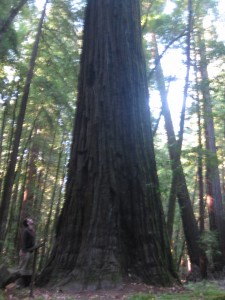 The Depths of Pinot
The Depths of Pinot
Because Pinot Gris has lots more going on – you can talk to Pinot Gris and not just about male modeling. Luscious, rich, tropical – these are the words you see describing Pinot Gris, which aren’t exactly the same words you hear on the catwalk. On the catwalk.
Shapeshifting Mutants
Out in California, way up in the north part where these giant redwoods grow (see photo – that’s me at 6’2.25″ barely noticeable in the bottom left), there’s a small group of producers playing around with Pinot Noir, Pinot Gris and probably some other mutant pinots that Professor X has at the mansion. Because apparently Pinot Noir is a grape that keeps mutating (like the annoying shapeshifter from the old Commodore 64 game) and Pinot Gris is just one of those mutations from back in the day.
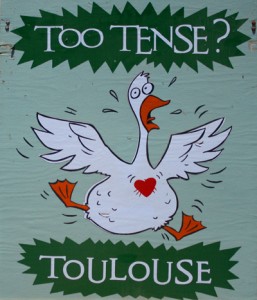 Goose Fetish
Goose Fetish
On perhaps the most relaxing vacation of 2011, Cristina and I stopped by northern California for some catching up with friends (thanks Begs and Jess), some redwood hiking and some mutant wine tasting. By far the prettiest of the vineyards we visited in the Anderson Valley near Mendocino was Toulouse, a family run operation with a strange affinity for geese in ridiculous postures. Really engaging winery with premium Pinot Noir and affordable Pinot Gris – you can imagine which bottle made it home.
Sunny Memories
Now, half a year later, it’s cold in November and time to break into those bottles of whites that bring back memories of summer, California and general lusciousness. Hola Pinot Gris – let’s see what your Too Loose bottle has to say.
Taste:
Delicate, slightly tart, some peach, lots of flowers in mouth – light/medium mouthfeel with a lingering but not strong finish. Good acidity and balance – bit too heavy on the alcohol. Sunshine and outdoors warmth definitely recognizable.
Detail Up!
Pinot Gris 2010 from Toulouse Vineyard in Anderson Valley, California
Random Googles:
* Pinot Gris (France) = Pinot Grigio (Italy), except in style. Same grape, different wardrobe.
* Alsace, that French region up near Germany, produces the most famous Pinot Gris styles. Oregon, California and Washington produce pretty significant amounts too.
* Surprisingly, all Top 10 Restaurant wines in the US are white wines. Three are Pinot Grigio.
